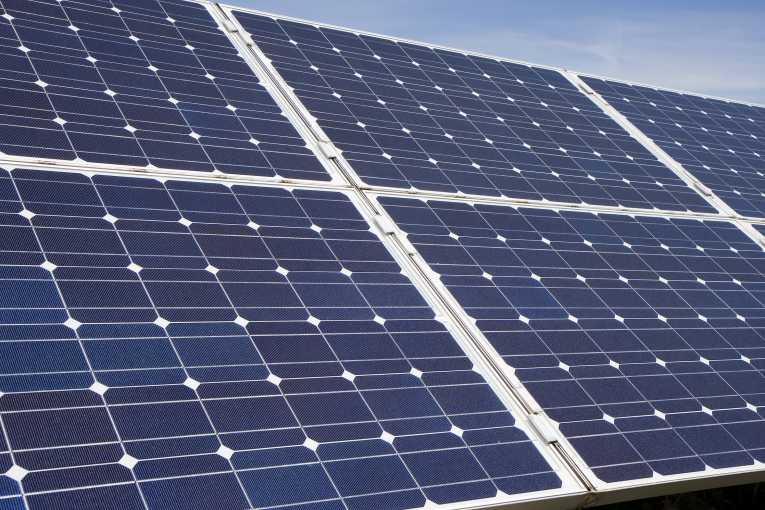The Texas Park and Wildlife Department (TPWD) is installing 15 solar power units to power its facilities to the tune of 436 kW. The solar arrays will be used at state parks, fish hatcheries and other sites and should be in place by August next year.
GridPointp is the company behind the scheme. Rich McMonagle, TPWD infrastructure division director said: "GridPoint's solar solution helps us to support conservation actions that mitigate anticipated climate change impacts to plants, fish and wildlife and encourage the development of renewable energy projects which do not adversely affect those communities."
TPWD has, since 2005, been working to reduce its own impact on the environment it seeks to protect for the public. A government grant has helped fund the scheme which, by choosing highly visible sites including the TPWD headquarters in Austin, also hopes to encourage the wider use of renewable energy.
The new solar sites are at the State Parks in: Lake Tawakoni State Park, Ray Roberts Lake State Park, Cooper Lake State Park, Cedar Hill State Park, Lake Arrowhead State Park, San Angelo State Park, Davis Mountain State Park, Choke Canyon State Park, Mustang Island State Park, Government Canyon State Park and McKinney Falls State Park. And, Fish hatcheries and WMAs at: Texas Freshwater Fisheries Centre, Possum Kingdom Fish Hatchery, A.E. Wood Fish Hatchery, and Kerr Wildlife Management Area.
Jeff Ross, senior vice president of GridPoint said: "The installation of solar arrays encourages science-based solutions for natural resource conservation across Texas and is a prime example for parks and wildlife organizations nationally."










